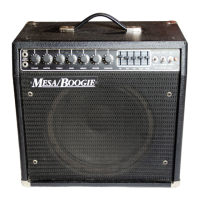
Do you have a question about the Mesa/Boogie STUDIO .22 PLUS and is the answer not in the manual?
| Power Output | 22 Watts |
|---|---|
| Channels | 2 |
| Reverb | Spring Reverb |
| Effects Loop | Yes |
| Controls | Gain, Treble, Middle, Bass, Reverb, Presence |
| Speaker | 1 x 12" |
| Tubes | 12AX7 |
| EQ | 3-Band EQ |
| Weight | Approximately 40 lbs |
This 1/2 inch jack is the instrument input. It uses "Dual Mode" circuitry for both Rhythm and Lead.
Connects to the Lead/Rhythm footswitch. The red LED indicates Rhythm mode.
Establishes amplifier's overall sensitivity to guitar output. Active in Rhythm and Lead modes.
Regulates power amplifier level and overall loudness. Operates with Lead Master in Lead mode.
Operative only in Lead mode, determining Lead volume with the regular Master.
Most powerful tone control. Affects Bass and Middle response significantly.
Tone controls that are interactive with Treble. Designed for fatness and avoiding tubbiness.
Features a 3-spring Hammond-Accutronics unit with all-tube send/return electronics.
Controls extreme high frequencies, determining basic brightness and clarity of overall tone.
Expands tonal flexibility with selectable EQ modes (AUTO, OUT, IN).
Replace with same amperage, slow-blow type if blown. Check power tube if it blows again.
Helps reduce buzzes from AC power wiring. Center OFF position is standard.
Variable strength signal output from the output transformer for direct recording or slaving.
Jacks provide a low-noise patch loop for connecting external effects units.
Provides 8-ohm and two 4-ohm speaker outputs for connecting cabinets.
Jack for connecting an optional EQ Footswitch for remote EQ control.
EL-84 power tubes require periodic replacement, typically once a year for average players.
Troubleshooting noise issues by replacing suspect 12AX7 preamp tubes.
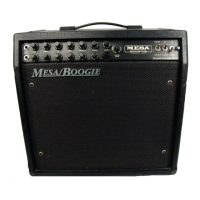
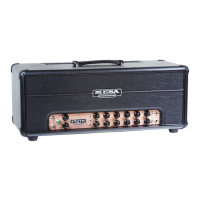
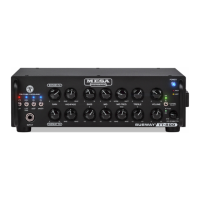
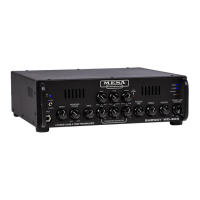
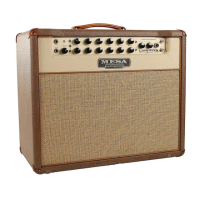
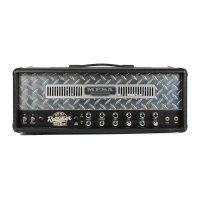
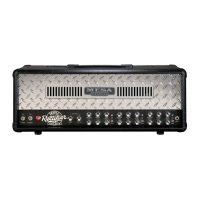
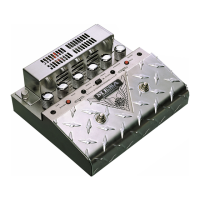
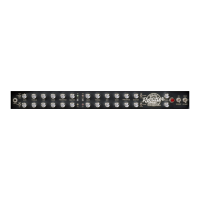
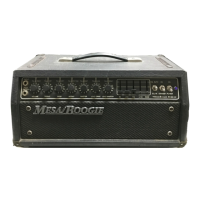


